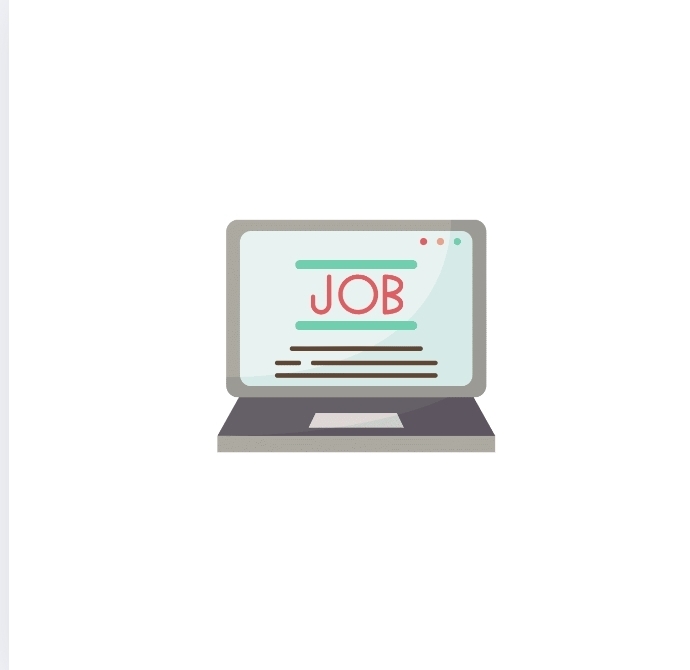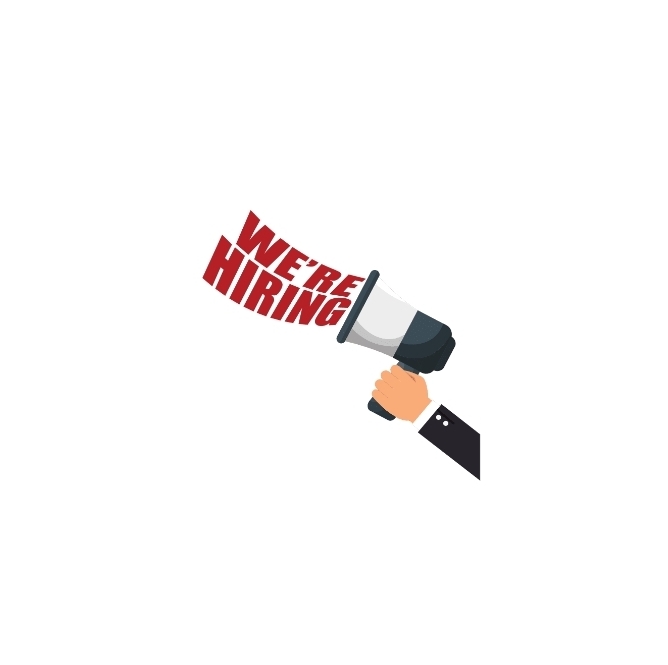Best Global HR Management 2025
Ever wondered why your team’s onboarding feels like a game of telephone? Or why payroll errors keep cropping up just when you think you’ve nailed it? If you’re managing a team in 2025—whether a scrappy startup in Berlin or a growing enterprise in Boston—HR management software is no longer a luxury; it’s your lifeline. In this deep dive, we’ll explore end-to-end HR tools that streamline everything from hiring to offboarding, tailored for teams across Europe and the USA. Whether you’re an HR enthusiast or a team lead juggling multiple hats, this guide will help you pick the best HR management software for small teams in 2025 and beyond. What Is HR Management Software, and Why Does It Matter in 2025? HR management software is an all-in-one platform that automates and optimizes human resource tasks—think recruitment, payroll, employee engagement, compliance, and performance tracking. In 2025, with remote and hybrid work models dominating (Deloitte predicts 65% of EU and US firms will maintain hybrid setups), these tools are critical for keeping teams aligned and compliant with complex regulations like GDPR in Europe and CCPA in the USA. Why does it matter? Picture this: A 50-person startup in Amsterdam scales to 100 employees. Suddenly, manual spreadsheets can’t handle payroll taxes across multiple countries, and onboarding new hires feels like herding cats. HR software for teams steps in to automate repetitive tasks, reduce errors, and free up time for what matters—building a thriving workplace culture. Key Benefits of End-to-End HR Tools Efficiency: Automate payroll, benefits, and compliance to save hours weekly. Scalability: Grow from 10 to 1000 employees without breaking your HR processes. Compliance: Stay aligned with 2025 labor laws (e.g., EU’s AI Act for hiring algorithms). Engagement: Boost morale with tools for feedback, recognition, and career growth. Poll: Which HR pain point hits your team hardest? Vote below: payroll, onboarding, compliance, or engagement! Top Features to Look for in HR Management Software in 2025 Not all HR management software is created equal. Here’s a rundown of must-have features for teams in Europe and the USA, based on real-world needs and 2025 trends: 1. Recruitment and Onboarding Great hires set the tone. Look for tools with: AI-driven applicant tracking systems (ATS) to filter resumes (e.g., Workable integrates with LinkedIn). Customizable onboarding workflows, like digital contracts compliant with GDPR. Example: BambooHR’s onboarding module lets new hires in Chicago or London complete paperwork in minutes. 2. Payroll and Benefits Management Payroll errors erode trust. Choose software with: Multi-country tax compliance (critical for EU’s diverse tax codes). Benefits tracking, including 401(k) in the USA or pension schemes in the UK. Case Study: A 2024 SHRM report found 30% of US firms reduced payroll errors by 80% using Gusto. 3. Performance and Engagement Happy teams drive results. Prioritize: 360-degree feedback tools for continuous performance reviews. Pulse surveys to gauge morale (e.g., CultureAmp’s real-time analytics). Recognition features, like Workday’s peer-to-peer kudos system. 4. Compliance and Reporting With regulations tightening in 2025: Ensure GDPR/CCPA-compliant data storage. Use analytics dashboards for audit-ready reports (e.g., ADP’s compliance tracker). 5. Integration and Scalability Your HR tool should play nice with others: Integrations with Slack, Microsoft Teams, or SAP for seamless workflows. Cloud-based platforms for remote access, vital for hybrid teams. Download our free 2025 HR Audit Checklist to ensure your tools tick all these boxes! Top 5 End-to-End HR Suites for 2025 After testing dozens of platforms and consulting industry reports (like Gartner’s 2025 HR Tech Forecast), here are the best HR management software for small teams in 2025, with pros, cons, and ideal use cases for EU and US teams. 1. BambooHR Best For: Small to mid-sized teams (10-200 employees). Features: Intuitive ATS, onboarding, and time-off tracking. GDPR-compliant data handling. Pros: User-friendly, mobile app for remote teams, affordable for startups. Cons: Limited advanced analytics for enterprises. Use Case: A 50-person London marketing agency streamlining hiring and compliance. 2. Workday Best For: Large teams with complex needs. Features: AI-driven insights, global payroll, and talent management. Pros: Scalable, robust integrations (e.g., Salesforce, Teams). Cons: Steep learning curve, pricier for small teams. Use Case: A 1000-person US tech firm managing multi-state compliance. 3. Gusto Best For: US-based startups and SMBs. Features: Payroll, benefits, and compliance for 50 states. Pros: Automated tax filing, excellent support. Cons: Limited EU support. Use Case: A 30-person San Francisco startup automating payroll. 4. ADP Workforce Now Best For: Mid-sized to large firms in Europe/USA. Features: Global payroll, compliance tools, and HR analytics. Pros: Comprehensive, trusted by 1M+ businesses. Cons: Complex setup for small teams. Use Case: A 300-person Berlin manufacturer ensuring GDPR compliance. 5. Zoho People Best For: Budget-conscious small teams. Features: Recruitment, time tracking, and employee self-service. Pros: Affordable, integrates with Zoho ecosystem. Cons: Fewer advanced features than competitors. Use Case: A 20-person Dublin consultancy managing remote onboarding. Infographic Idea: A comparison chart of these tools’ pricing, features, and scalability.
The HR landscape is evolving faster than ever. Here’s why HR software for teams is non-negotiable in 2025: AI and Automation: Per Gartner, 70% of HR tools will leverage AI for predictive hiring and engagement analytics by 2026. Early adopters gain a competitive edge. Hybrid Work: With 60% of EU workers preferring hybrid setups (Eurostat, 2025), tools like BambooHR or Workday ensure seamless collaboration. Compliance Pressures: The EU’s AI Act and US state privacy laws demand secure, transparent HR systems. Employee Expectations: Millennials and Gen Z (80% of the 2025 workforce) prioritize tools for career growth and feedback, per Deloitte. Real Story: As a team lead at a 50-person EU fintech, I saw onboarding times drop from 2 weeks to 3 days after switching to BambooHR. The team’s morale? Skyrocketed. Challenges and How to Overcome Them Switching to HR management software isn’t without hurdles: Cost: Balance budget with ROI. Start with affordable options like Zoho People. Adoption: Train teams with interactive demos (most platforms offer free trials). Data Migration: Use tools like ADP’s migration wizards to avoid headaches. Customization: Ensure platforms like Workday allow tailored workflows for your team’s needs. Pro Tip: Run a 30-day pilot with 1-2 tools to test fit before committing. Your 2025 HR Audit: Is Your Team Ready? Before you dive into the best HR management software for small teams in 2025, ask: Are payroll errors costing you time or trust? Is onboarding manual and chaotic? Are you compliant with GDPR/CCPA or local labor laws? Do employees feel heard through feedback tools? If you’re nodding “yes” to any, it’s time to act. Use our free 2025 HR Audit Checklist to pinpoint gaps and match tools to your needs. Conclusion: Build a Better Team with HR Management Software In 2025, HR management software is the backbone of thriving teams. From automating payroll to fostering engagement, end-to-end HR tools empower you to focus on people, not paperwork. Whether you’re a small startup in Seattle or a mid-sized firm in Madrid, platforms like BambooHR, Workday, or Gusto offer tailored solutions for your unique challenges. Ready to transform your HR game? Explore our top picks, download our checklist, or share your HR pain points below. Let’s make 2025 the year your team shines.





